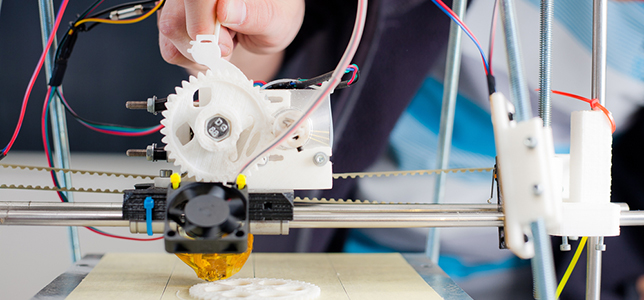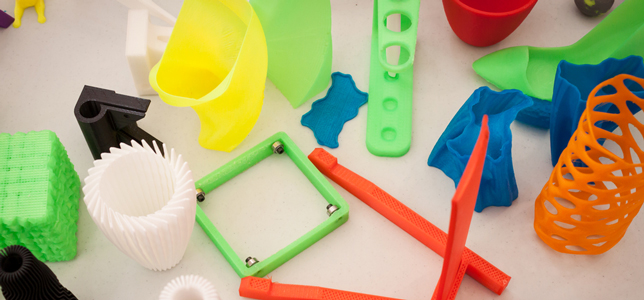
At this year's Campus Technology Conference in Boston, learn about wearables, gamification, solutions-based IT and the future of technology in higher education.

Giving students an early start on computer science education with a focus on security is crucial. And high school is already too late, argues Project Lead the Way’s Vince Bertram.

As the maker movement makes strides in education, it's important to identify its learning benefits -- and find more robust ways to define and document success.

Makerspaces and 3D printing have come a long way in higher education, from early excitement over 3D-printed learning objects to a focus on creativity and higher-order thinking.